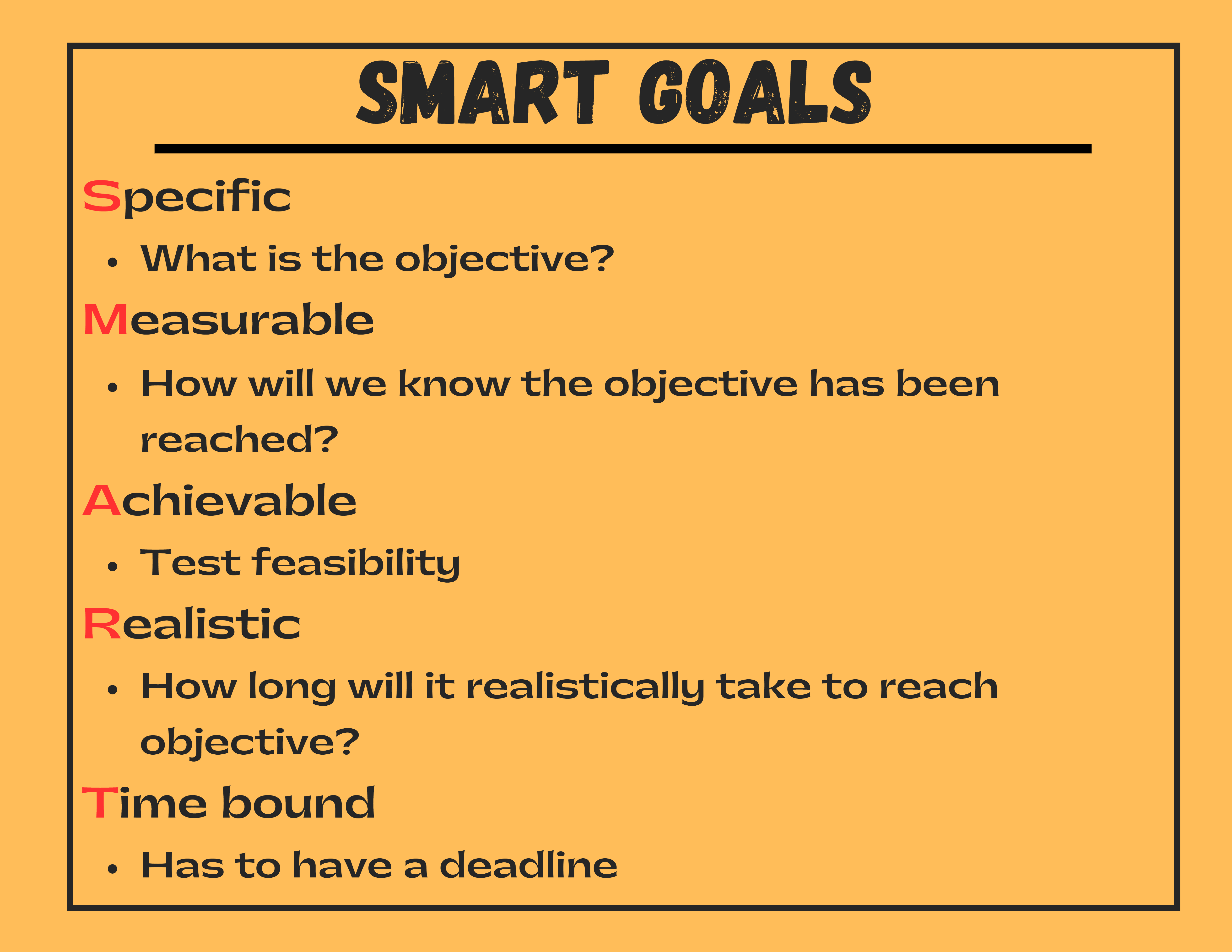Establishing Strategic Goals And Objectives For Your Division
Take the information from your strategy analysis (external and internal) and convert it into a set of goals and objectives that will drive your division over the next 12 months.
This process of formulating strategic objectives is often relatively simple. The process can be summarised as follows:

Given that organisations suffer from resource constraints and that it is not feasible to achieve every strategic objective, a process must be established whereby a ‘wish list’ can be converted into an actionable list of strategic goals and objectives for every division. This can be achieved in two stages:
It is necessary to allocate priorities to alternative objectives. The method of allocating priorities will vary from division to division, depending on the particular requirements of each of the available resources.
Management must ensure that the strategic objectives conform to the following appropriate attributes:

Specific:
What is the exact scope of the objective? What is included and what is not?
What might be thought to be included but is being done by someone else?
What must be done with the outputs?
Measurable:
What measures will be used to know that the objective has truly been reached? When and how often will the process be measured? What measurement tools can be used to determine success? What format must the output take?
Achievable:
A delegated impossibility is still impossible! If there is doubt over whether the objective is achievable, then the first part of the process should be either to test feasibility or to identify what would have to be changed to make the rest feasible.
Realistic:
What may be a real task for a functional expert to undertake in a week, may not be realistic for a junior joiner in a month. A series of roll-out meetings might be scheduled in two weeks, but clashes with public and personal holidays could mean that a month will be required. The test for a good objective is that it always deals with the reality of how long it will take to do things, rather than how long we would like it to take if we could ignore inconvenient facts.
Time-bound:
An objective without a clear specification of its timing priority is likely to be put at the bottom of the list. It will not get done. The simplest way to ensure that an objective will be achieved is to agree on a realistic deadline, even for objectives that are not time critical for success.
This means that for every objective a specific method of measuring or monitoring must be identified and agreed upon. For every objective, a specific time frame for monitoring or completion must also be agreed upon. This will mean that your objectives are truly SMART.
Click here to view a video that explains how to achieve more by setting smart goals.